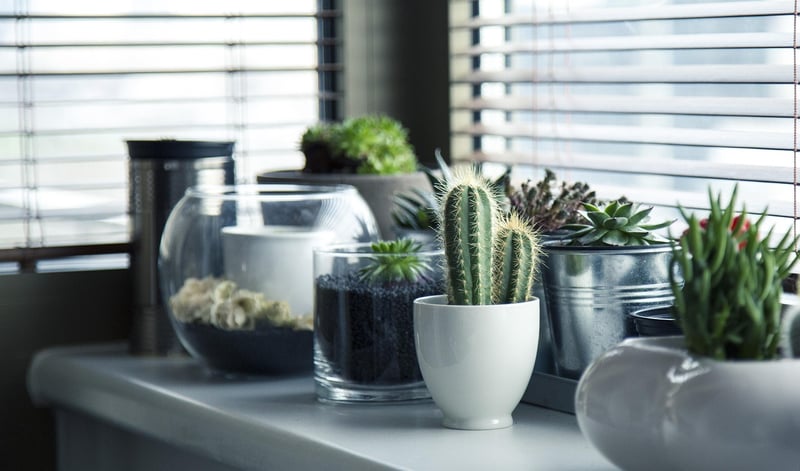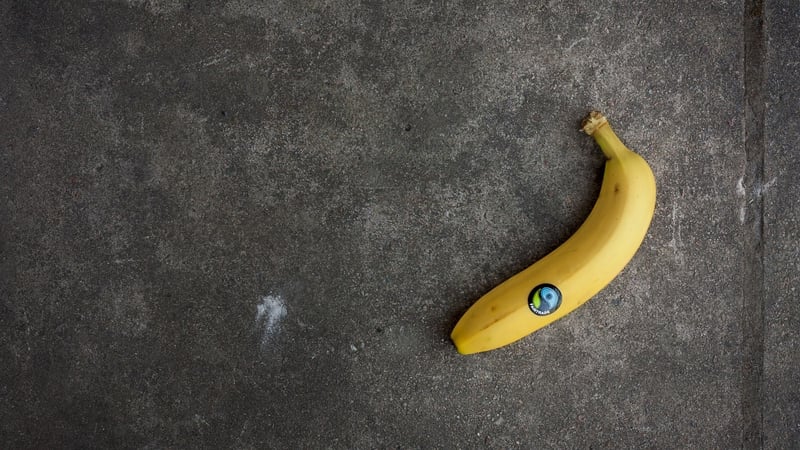Light Requirements
Essential Care for Healthy Plants
Introduction
Having healthy plants not only adds beauty to your living space but also contributes to a positive atmosphere. To ensure your plants thrive, it's essential to provide them with the right care and attention.
Watering
One of the most critical aspects of plant care is proper watering. Different plants have varying water needs, so it's essential to research and understand the watering requirements of each plant you own. Overwatering can lead to root rot, while underwatering can cause wilting and stunted growth. Check the soil moisture before watering and adjust your watering frequency accordingly.
Light
Light is vital for plant growth as it fuels the process of photosynthesis. Understanding the light requirements of your plants is crucial to their well-being. Here are some common light categories:
Low Light Plants
Plants that thrive in low light conditions are suitable for areas with minimal natural light, such as offices or rooms with small windows. Examples include the Snake Plant and ZZ Plant.
Moderate Light Plants
Plants that prefer moderate light can thrive in areas with indirect sunlight or partial shade. Some examples include the Spider Plant and Peace Lily.
Bright Indirect Light Plants
These plants require bright, indirect sunlight to flourish. They are ideal for locations with bright, filtered light, like near east or south-facing windows. Examples include the Monstera and Fiddle Leaf Fig.
Bright Direct Light Plants
Plants that need bright, direct sunlight are suitable for sunny spots like west or south-facing windows. Examples include succulents and cacti.
Conclusion
By understanding and meeting the essential care requirements of your plants, you can create a thriving indoor garden that brings joy and freshness to your home. Remember to research each plant's specific needs and provide them with the right amount of water, light, and nutrients for optimal growth.

For more information on plant care, you can visit The Sill.
